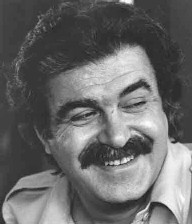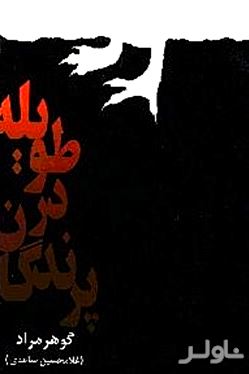|
نویسنده :
گوهر مراد (غلامحسین ساعدی)
ناشر :
قطره
۴ از ۵
|
۱ |


